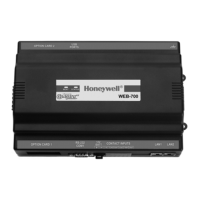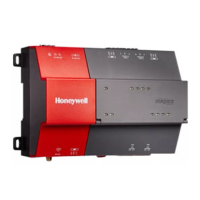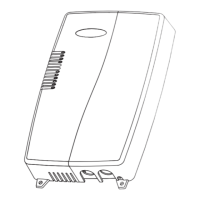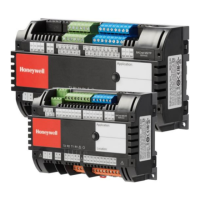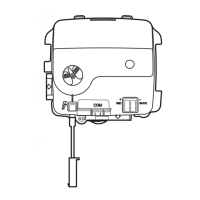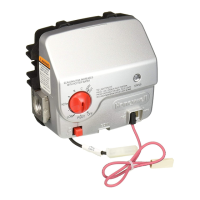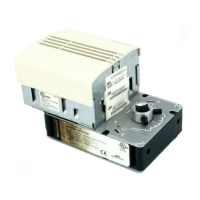COMPACT VAV CONTROLLER WEB-VA423B24N – INSTALLATION INSTRUCTIONS
19 31-00362-01
RELATED TECHNICAL LITERATURE
Table 9. Related Technical Literature
Product
Literature
Number
Spyder Model 5 WEB- Compact
VAV controller VA423B24N -
Mounting instructions
Spyder Model 5 WEB- Compact
VAV controller VA423B24N –
Product data
Spyder Model 5 – Engineering Tool
User Guide
TR40x/TR42x – Specification Data
TR40x/TR42x – Installation
Instructions
TR40x/TR42x – Operating Guide
TR2x Series – Specification Data
TR2x Series – Installation
Instructions
TR120 – Specification Data
TR120 – Installation Instructions
TR75 – Specification Data
TR75 – Installation Instructions
C7400S – Specification Data
C7400S – Installation Instructions
APPENDIX
Sensor Input Accuracy
The controller's internal sensor inputs support NTC20 kΩ
sensors. The following table lists the typical minimum
accuracies of the hardware and software for these
temperature sensors.
Table 10. Accuracies of internal NTC20kΩ sensor
inputs of the controller
Measurement
error (excluding
sensor
characteristics)
-58 to -4 °F (-50 to -20 °C)
-4 to +32 °F (-20 to 0 °C)
86 to 158 °F (30 to 70 °C)
158 to 212 °F (70 to 100 °C)
212 to 266 °F (100 to 130 °C)
266 to 302 °F (130 to 150 °C)
302 to 752 °F (150 to 400 °C)
• This is the accuracy of the internal
sensor input (hardware + software
[linearization]), only. This table does not
include the characteristics of the
sensors, themselves (see section “Sensor
Characteristics below). If a different
sensor or sensor accuracy is required,
one may instead use the inputs of, such
as a connected Panel I/O module.
Recognition of Sensor Failure of Sensor
Inputs
The thresholds at which sensor failures – i.e.,
sensor breaks (SB) and short-circuits (SC) – are
recognized depends upon the given sensor type. In
the event of a recognized sensor failure, the sensor
assume the safety values configured in CARE.
Table 11 lists the measurement ranges and the
corresponding thresholds for the recognition of
sensor failure for the various different sensor types:
Table 11. Thresholds for short-circuit (SC) and
sensor-break (SB) recognition
2to10 V / 4to20 mA
(without pull-up)
SC: < 1.5 V / 3 mA;
SB: no recognition
-58 to +302 °F
(-50 to +150 °C)
SC: < 20 Ω; SB: < -
94 °F (-70 °C)
-22 to +752 °F
(-30 to + 400 °C)
SC: < 775 Ω; SB: < -
58 °F (-50 °C)
In the case of temperatures lying outside the
aforementioned ranges, the lowest/highest value
within the range, instead, will be communicated.
Thus, a temperature of -51 °F will be
communicated as “-50 °F.”
Sensor Characteristics
The characteristics (resistance in relation to
temperature) of the sensors and the resultant
voltage are listed on the following pages. The
stated values do not include failures due to sensor
failures; wiring resistance or wiring failures;
misreading’s due to a meter connected to measure
resistance or voltage at the input.

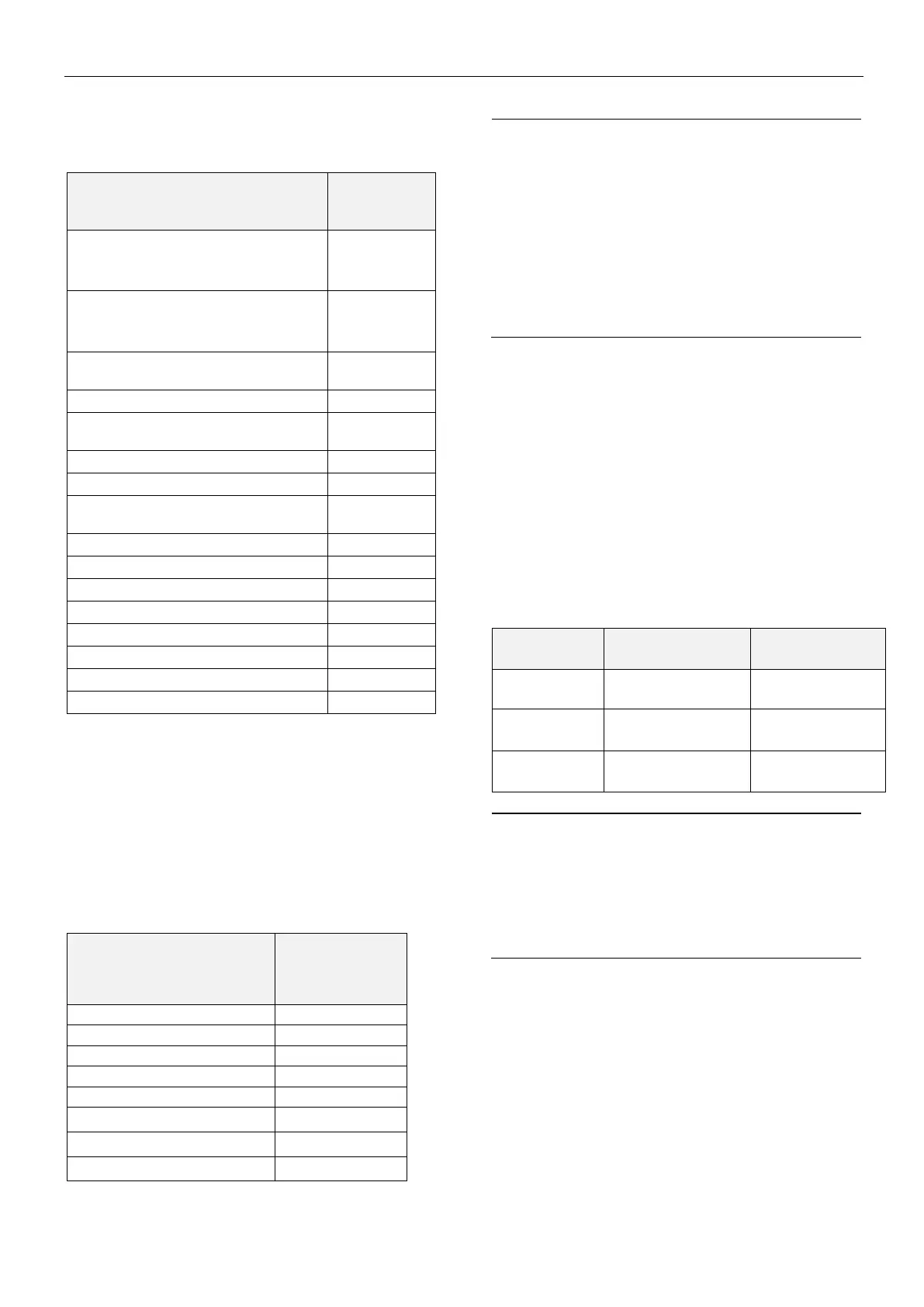